-
Posts
28,258 -
Joined
-
Last visited
-
Days Won
403
Content Type
Profiles
Forums
Events
Posts posted by robcat2075
-
-
Are you using Netrender?
-
Quote
I am very, very curious to know if there is another way to do the slit-scan technique in A:M without using MUFOOF...
My guess is "no"
"Slitscan" is essentially a motion blur effect, capturing any and all the light while a shutter is open.But, as you know, ray tracers like A:M reproduce only the light of an infinitely brief instant of time, and can only approximate the "open shutter" by rendering a series of instants in succession and averaging them together.
We call this multipass, other software may call this multi-sampling or super-sampling but it's all the same thing.
There is another motion blur technique however. If you turn off Multipass but still select "motion blur", A:M calculates an internal "vector buffer" which stores a direction and velocity for every pixel. After the single-instant-of-time image is completed, every pixel is then given a straight line blur in the direction and magnitude indicated by its vector buffer counterpart.
For small amounts of motion blur typical in character animation it looks very similar to the multipass result and takes only a fraction of a second to do. But it can't account for motion that is not strictly linear, that might have a visible arc within one frame, nor can it account for the effect of your slitscan device where different portions of the artwork are revealed over time. It would note that your artwork is moving but only apply blur to the portion that was visible at the instant of render. -
Yup, Render Presets are new-in-v16 feature
https://forums.hash.com/topic/50199-v19-v18-v17-new-features-and-enhancements/?do=findComment&comment=424030 -
9 hours ago, fraizer said:
Not sure what a render "preset" is, other than the settings contained in the Cho file I posted. (I don't use Projects in my projects, that's why I posted individual files...).
Users will need to set A:M to "Tools>Options>Rendering>Use Settings from>Camera" which is entirely doable if they have been alerted.
For future reference, Render Presets are saved and loaded from the Render to File Settings panel. Preset snapshots every render parameter. They are useful for migrating settings to a new camera, saving favored settings, and most especially, taking settings to NetRender which does not seem to have a "Use Settings From:" option.
 Quote
QuoteRe: EXR and exposure: A few years ago, I was working on a project with Rob Blalack and we discussed using EXR for something we were trying to do, but that's as far as it went; and that is the limit of my understanding of EXR -- very limited.
EXR stores pixel info in a variety of floating point formats rather than 8-bit integers. It permits values that exceed pure white (AKA 1.0 or 255/255) or that fall below 1/256 to be accurately preserved. This allows extreme adjusting/correction of levels and color in post without the banding artifacts we get from integer formats.
It's possible for an EXR environment map to have an image of the Sun that is as bright as the Sun in comparison to other parts of the image. EXR also has numerous options for compression including ostensibly lossless ones. And many other wonders.
A:M "Composite Projects" can work with OpenEXR but the workflow is a bit dense.
I'll note that A:M can render to 16 bit PNG which will also give you increased processing latitude, although it still doesn't handle values greater than 1.0QuoteI am very, very curious to know if there is another way to do the slit-scan technique in A:M without using MUFOOF...
-
That looks very cool, Joseph!
I was 8 when "2001" came out. When my parents announced we were going to see a science-fiction movie I thought they were insane. We're going to watch a guy in a rubber monster suit?
And what is "2001"? Is that like "007"?
But the movie was absolutely astonishing. I was building cardboard-box spaceships with robot arms in the basement for years after that.Suggestions:
-Could you save a render "preset" from the render settings and post that so we can use the same?
-Banding... you may be able to reduce the multipass banding by using a slit with soft edges. That could be done with a transparency map for the slit instead of a modeled slit.
-Exposure... If you render to OpenEXR and have an OpenEXR-aware post app that will give you enormous room to tinker with levels without having to get it exactly right in the render.
-
A brief survey of cows in 17the Century Dutch paintings.
Always there. Always looking at you.

-
-
11 hours ago, johnl3d said:
when I am rendering this getting starnge shadow
John could you save a Render Preset after you have made all your render settings and post that file here so i can try a render with your same settings.

-
YouTuber has a foots-on look at weird treadmill gizmo by Disney Imagineering.
-
Cityscape with AO, Fog and Radiosity. The Radiosity is a very slight effect in this case.

-
 1
1
-
-
In the Radiosity example, I set the Intensity parameter very high...200... so that the effect could not be overlooked.
Lower values are probably more typical in careful lighting situations.
This compares several Intensities. Note that a 0 intensity looks just like a conventional render.
The bottom row is the same images with a 1.8 gamma applied. These fine adjustments are where you want to know your monitor is carefully calibrated and that your audience's monitors are so also... which we never know!
-
9 hours ago, Tom said:
How would you describe the difference between "Ambiance Global" and "Radiosity"? It seems like there is a bit of overlap in their functioning...
There is some similarity in appearance, although the process is quite different.
Here is a test scene. It is an open-top box with a sphere inside it. A single kleig light is above and behind the box. The camera is inside the box, pointing toward the sphere and back wall.

A conventional render from the camera view gives this result. Every point in the scene is either illuminated by the kleig light or is black, for lack of illumination.

Global Ambience (AKA Ambient Occlusion) simulates an infinity of kleig lights from every possible direction. This all-over light reaches more parts of the scene; the surfaces that are more exposed to it are more illuminated and the surfaces that are more "occluded" from it are darker. Some surfaces like the bottom of the sphere and the area below the sphere are still completely untouched by this light and remain black.
Global Ambience ON, kleig light OFF:

In both of the above cases, if a point is not directly exposed to some source of light, it is unlit and black.
Radiosity (other programs call this "Global Illumination") works by calculating light that bounces off surfaces in the scene, as real light does.
The blue wall, which is completely hidden from the kleig light , is still illuminated by light bouncing off other surfaces in the scene. Light bouncing off the red and blue walls spill some color onto nearby surfaces. The bottom of the sphere, although cut off from direct light, is illuminated now.
Global Ambience OFF, kleig light ON, Radiosity ON:

This PRJ has the three chors above. To render them properly, you'll need to do Tools>Options>Rendering>Use Settings from>the Camera
-
3 minutes ago, Rodney said:
Nice. Does this mean you figured out how to do the random values confined to patterned areas?
No, these were manually randomized.
I do recall making a way to get a random value to set once and stick in a chor. That could potentially be used to drive the building heights but would be too random for this scene where I wanted to have taller in back and shorter in front.
-
13 minutes ago, Tom said:
What sort of Ambiance Occlusion are you using in that scene?
There are really two light sources.
The AO is set to 50% intensity and the sunlight ("Key") is set to 75%

-
Simple grids added for window details.

-
Cubes randomly scaled, Fog, and AO.

-
 1
1
-
-
His artificial gravity is malfunctioning.
-
NYT Article:
This Man Did Not Invent Bitcoin
QuoteFor years, Craig Steven Wright, an Australian cryptocurrency enthusiast, claimed to be Satoshi Nakamoto, the mysterious creator of Bitcoin. Then the courts got involved.
-
3 hours ago, Tom said:
Pixar is laying off 14% of their workforce, animators seem like another career threatened by AI-
Quote...The animation studio had hired additional staff to create original series as former Disney CEO Bob Chapek pushed each of the company's creative units to produce exclusive content for Disney+...
Looks like they over expanded and "Disney+" wasn't enough of a audience for the expanded output. I bet Disney+ gets sold off to Netflix or just closed in a few years. Too many streamers out there for the market.
On the bright side, all the newly-unemployed can put "former Pixar" on their résumé. That will get attention.
-
A recent video about the same La Maison du Pastel...
-
 1
1
-
-
@Rodney the latest update to Chrome has fixed the problem of John's GIF animation in the first post not showing up. Does it show for you now?
-
-
WaPo article: Will A.I. Ever Live Up to Its Hype?
Article has two theses...
AI is good at a first draft, but fixing the first draft takes as much time as doing it the old way.
And, "consider for a moment the possibility that perhaps A.I. isn’t going to get that much better anytime soon. After all, the A.I. companies are running out of new data on which to train their models, and they are running out of energy to fuel their power-hungry A.I. machines.
-
At the top of the forum is a banner of film frames highlighting interesting A:M work, which was a feature of the forum years ago but somehow got lost in a forum-software up date.
Click on a frame and it will take you to the relevant post! New frames highlighting new work will will be rotated in over time.
Thanks to @Rodney for creating the code that makes the banner work!











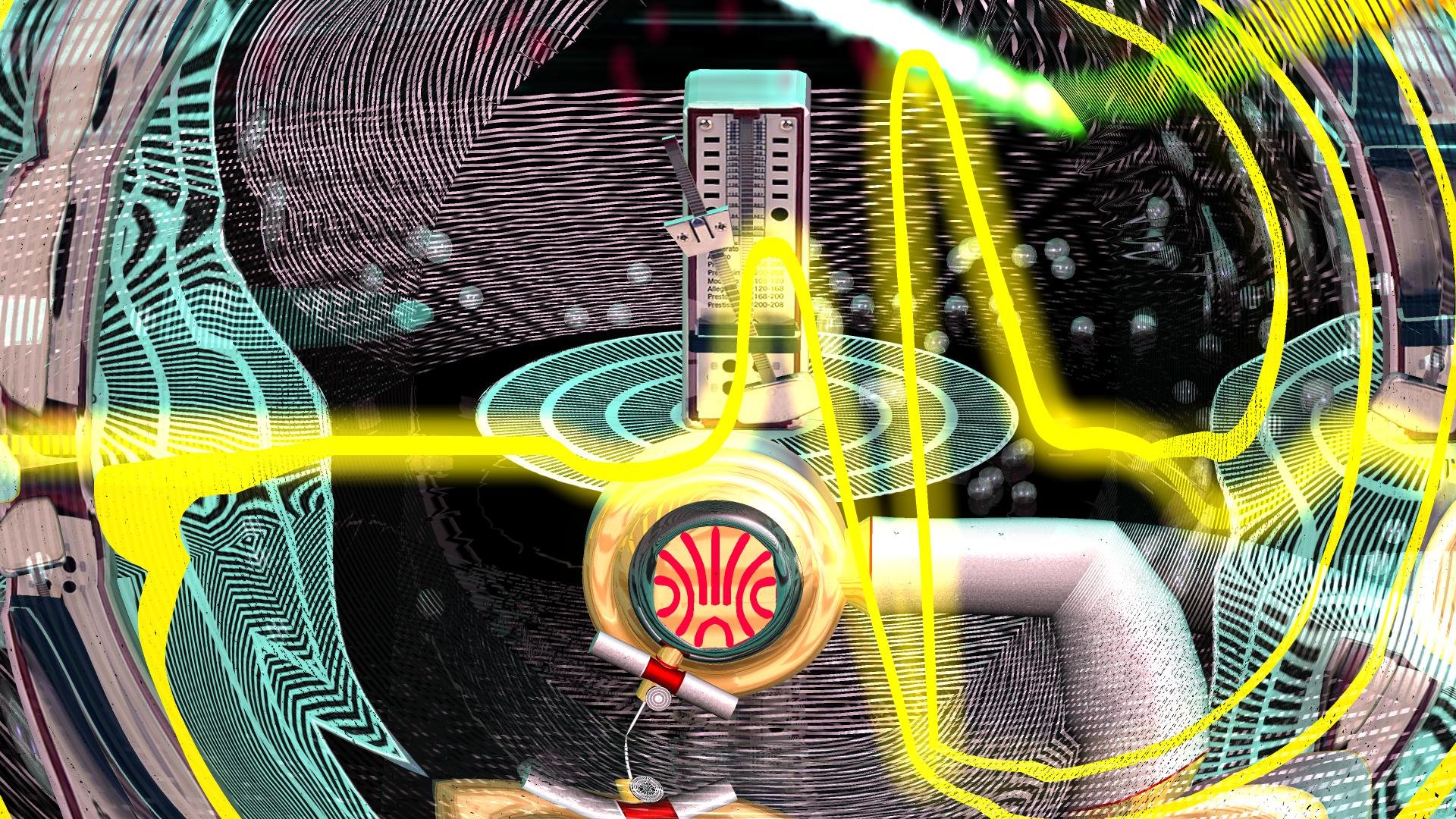
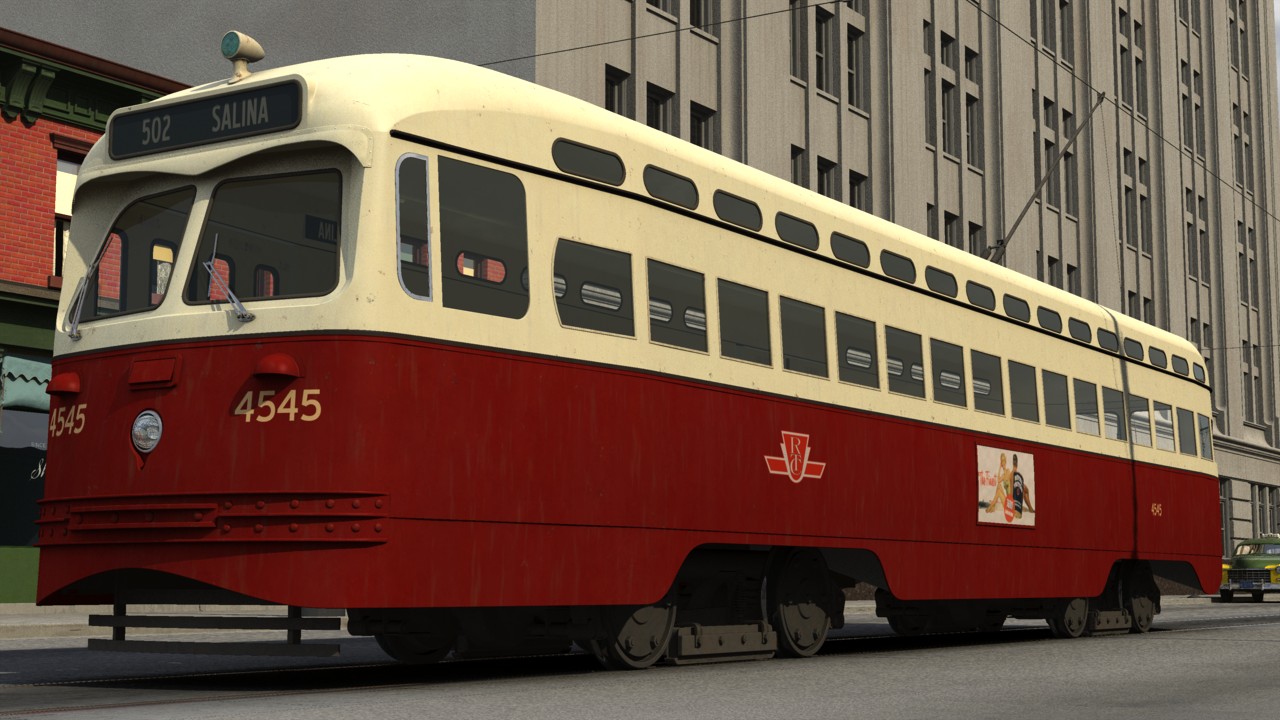
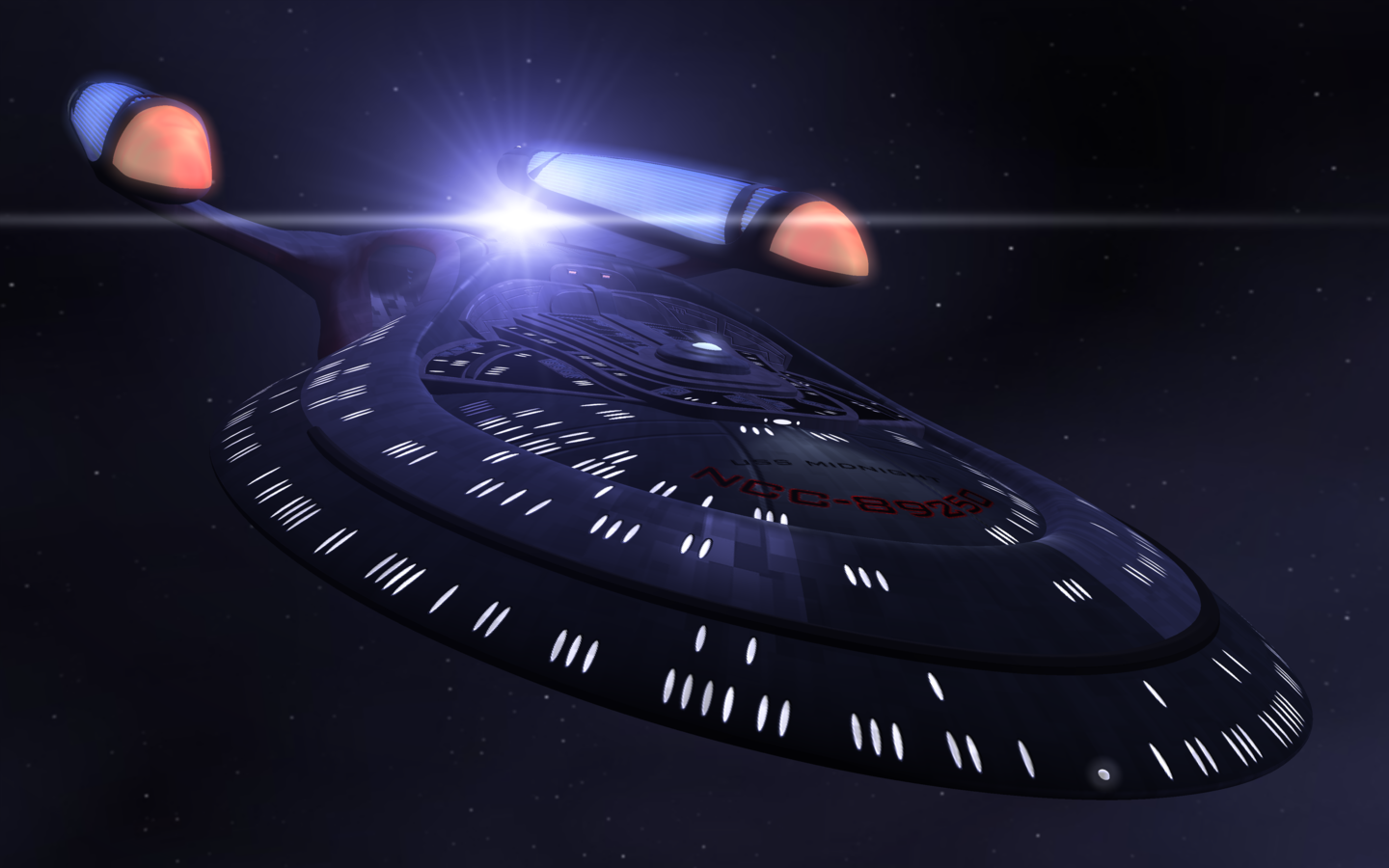
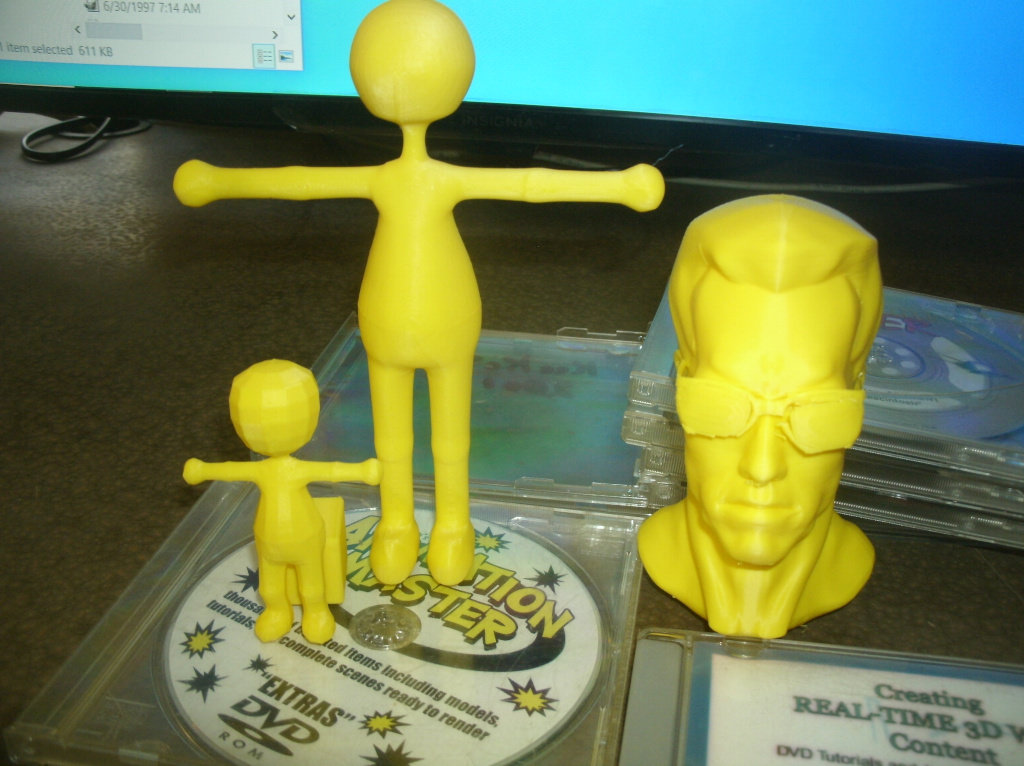
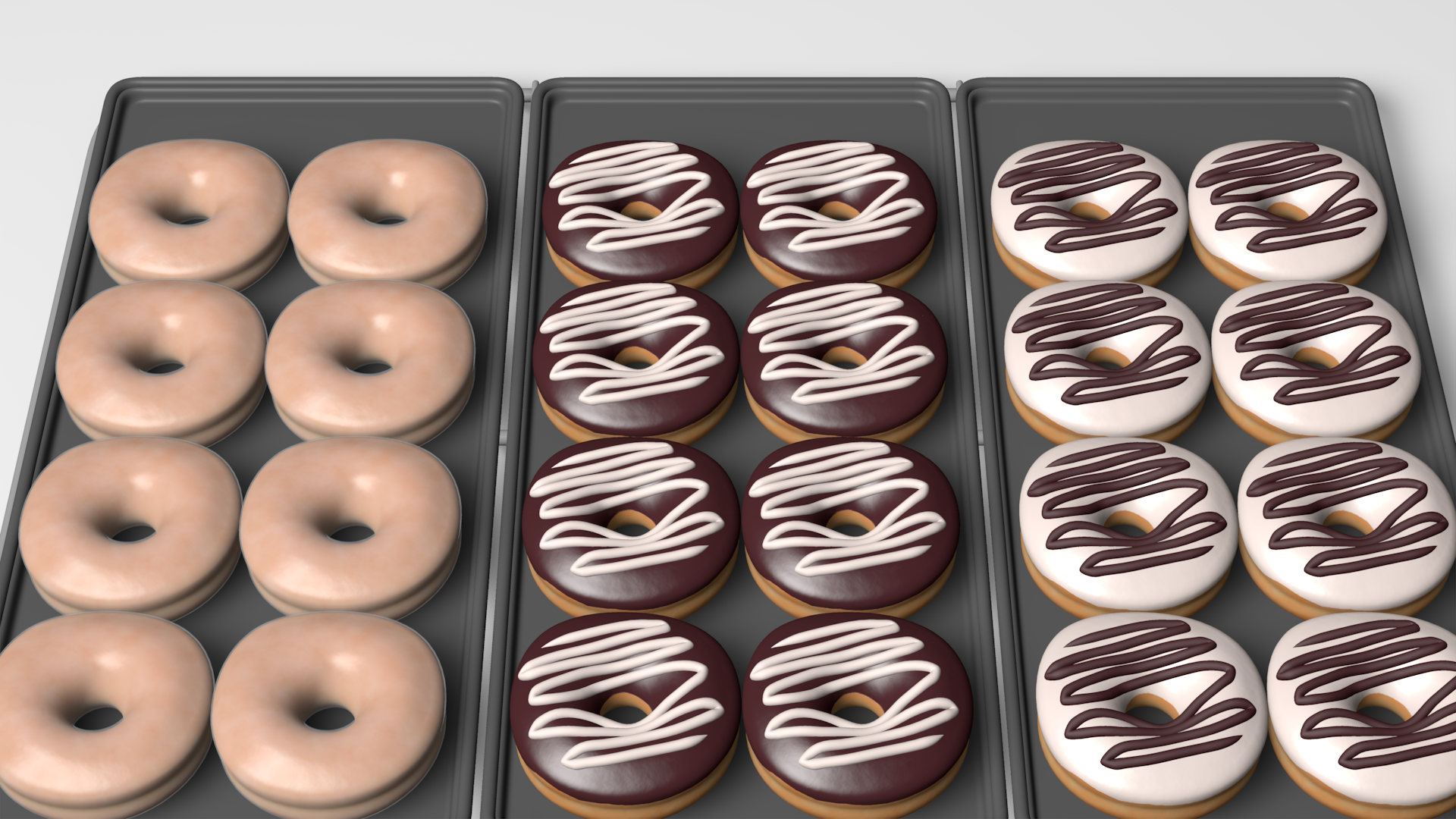




































2001 Slit-Scan Effects Simulated in A:M? With MUFOOF?
in Work In Progress / Sweatbox
Posted
How many cores does your CPU have? You could be using them with NetRender.